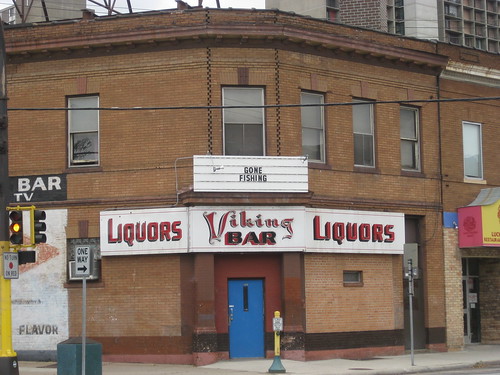Urban Shocker
Doyenne
While I agree with much that you state, it is not the 'style' which gives a building life, but the interplay between functionality and form.
Indeed, and nowhere did I use the word 'style' to describe the practical system of problem-solving that is Modernism. As for the magic ingredient that creates aesthetic beauty, well, if that could be defined then it could be reproduced endlessly - which, alas, it can't ... and isn't. When it's present it makes life better, and designers who produce it crop up now and then, but there's nothing wrong with someone who doesn't see it either - though not seeing something can sometimes lead Philistines to claim that it can't possibly exist. And the humble collective, the repitition of basic forms, can also create beauty - when I think of Greece I'm as likely to be inspired by images of an island with dozens of small, almost identical white-painted barrel-vaulted houses as I am to see the Parthenon.
I actually like the Crystal a lot - it's as legible as any Modernist building in that the exterior form you see from the street translates directly through to the interior spaces, the interior structure is expressed in the exterior form, and at heart it's a simple solution to the ROM's need to display their collections and make it easy for visitors to circulate. It strikes me as quite 'pure' in a way that the AGO, for instance, isn't: that spectacular billowing Dundas facade hinting at further spaces that aren't delivered - instead Gehry gives us handsome rectilinear Modernist white-walled galleries throughout. Diamond talked about this Gehry "carapace" effect in his talk, of his combination of artistry and computer software and the idea that you can now "do anything" - as well as the idea of novelty architecture as a smart career move.
I have no idea what scribble you're talking about. I missed Diamond's first half hour.









